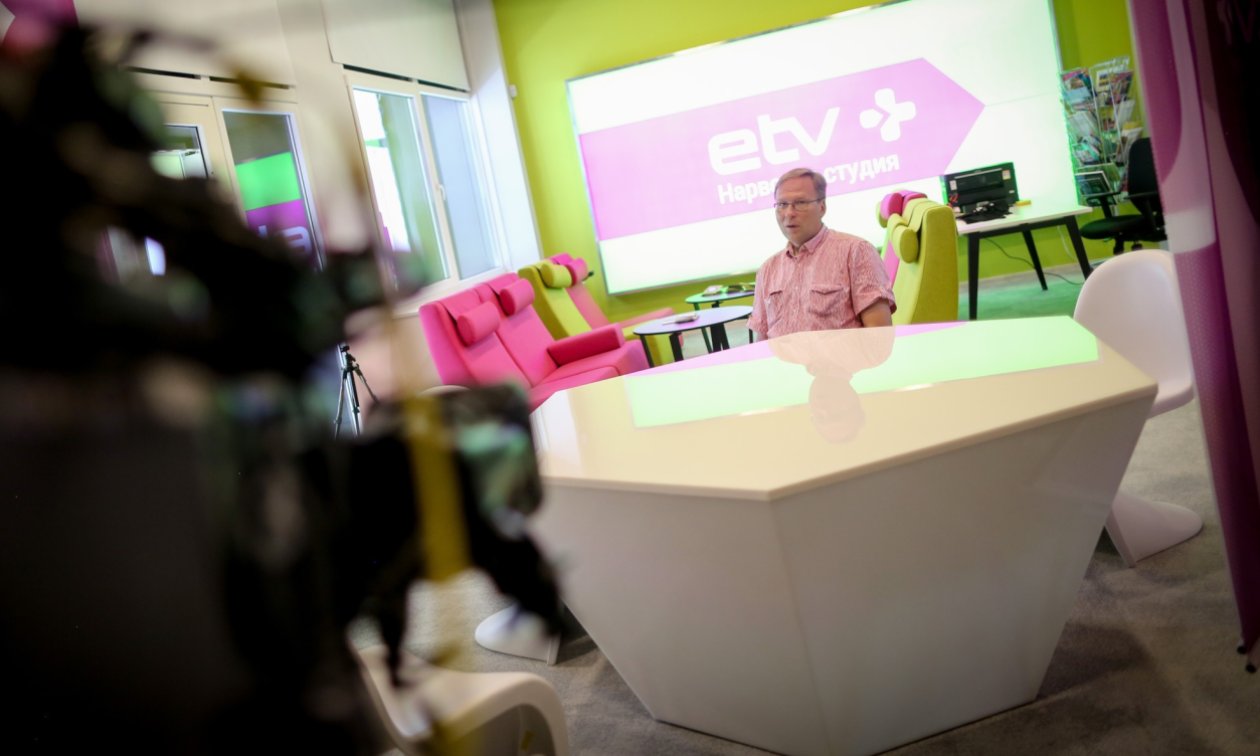The media landscape in Estonia has seen a marked shift towards multimedia online services. The question is no longer if, but when print publications will be discontinued. Russia's full-scale war in Ukraine has led to an expansion of domestically produced Russian-language content in Estonian media – also thanks to subsidies.









